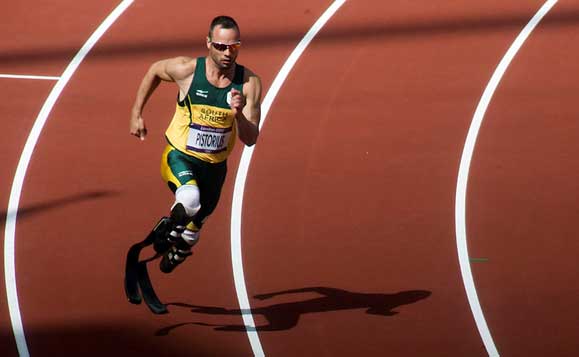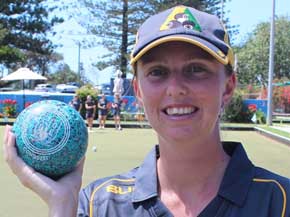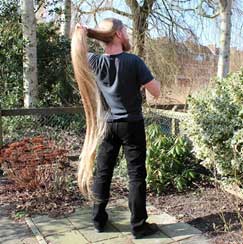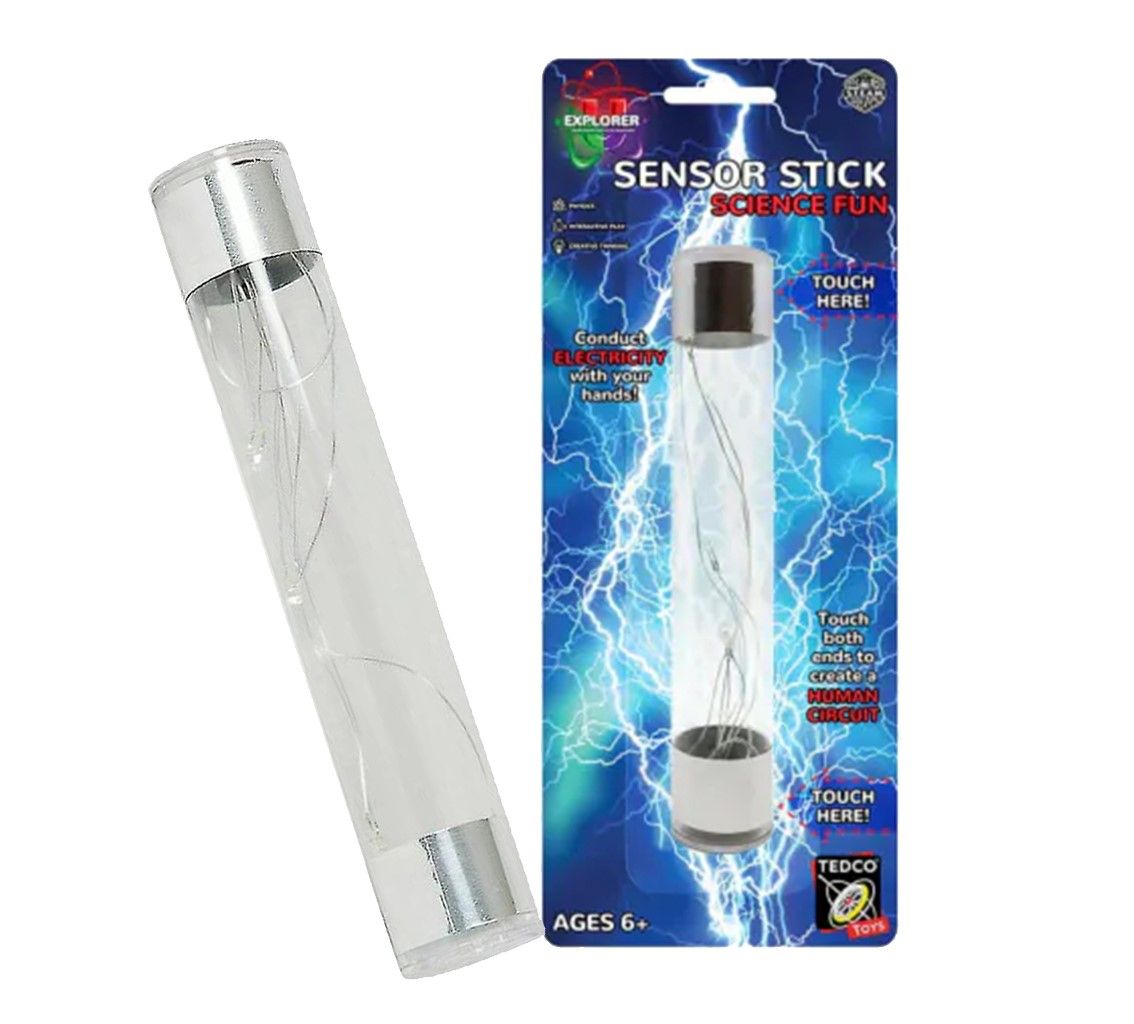By Amanda Marasco
April 9, 2018
Commonwealth Games!
|
Hi there! Mad About Science is back for term two and we are kicking off with a sports themed newsletter, in honour of the Commonwealth Games that are taking place on the Gold Coast. We will consider whether ‘blade-running’ is faster than ordinary running, make a heart-rate monitor out of only two materials, learn about the ‘biased’ sport of lawn bowls and announce the winner of our latest competition!’ So, on your marks….set…..go! |
|
|
Do running ‘blades’ give para-athletes an advantage? In 2012, champion South African sprinter Oscar Pistorius became the first para-athlete to be allowed to compete with ‘able-bodied’ athletes in the Olympic games. Pistorius is a double lower-leg amputee who wore special prosthetic legs, called ‘blades’ to run. In 2008, he was banned from competing with able bodied athletes, on the grounds that his blades gave him an unfair advantage. Several expert scientists analysed his running technique. They concluded there was insufficient evidence for an unfair advantage, the ban was overturned, and Pistorius went on to run at the Olympics and the Paralympics of 2012. Blade technology continues to be a contentious issue. This article discusses some of the advantages and disadvantages of running blades compared to legs. Blade Runners: Do High-Tech Prostheses Give Runners an Unfair Advantage? |
|
|
Make a Simple Heart Rate Monitor This DIY 'heart rate monitor' will open your eyes to the amazing muscle that keeps you alive and kicking. All you need is a drinking straw and a lump of putty, plasticine or blu-tac. What to do:
What is happening? The straw is moving in time with your beating heart. |
We Have a Winner! Congratulations to seven year old Kaelan Hancock, the winner of our ‘Super Spider’ competition! Kaelan told us all about the peacock spider – tiny spiders found across southern Australia that are brightly coloured and like to dance! Congratulations Kaelan, your prize pack of a jumping Solar Spider, a pack of Miracle Tattoos (including a giant spider that crawls up your arm when viewed through a phone app) and a copy of Guinness World Records: Science and Stuff is on its way to you. If you are curious to see some peacock spiders in action, here is a dancing peacock spider video , shot by Australia’s expert on peacock spiders, Dr Jurgen Otto.
|
|
Workshop of the Week – The Human Body! Take a journey through the human body and explore its parts and systems. Perform chemical experiments to understand digestion, think quick and test reaction speeds, use stethoscopes to listen to the rhythmic beat of your heart. Learn how we are all connected, and made of the stuff of stars! This workshop is for students in Years 3 to 6. It is available in a 60 or 90 minute format. We recommend a 90 minute format if budget and timetabling constraints allow. Each workshop can cater to a maximum of 30 children. However, smaller groups have better access to equipment and the facilitator. Mad About Science School Workshops
|
|
|
Lawn Bowls - It's Biased! (And not just for oldies) Did you know that it is nearly impossible to bowl a lawn bowl in a straight line? Lawn bowls are not perfectly round, but have a slightly flattened shape , which makes them follow a curved path when bowled. The shape of the bowl is called the ‘bias’. Lawn bowlers used the bias of the bowl to curve the rolling bowl in towards the ‘jack’ (the white target ball). The stereotypical image of a lawn bowler is of an elderly person, but the Australian womens team competing at the Commonwealth Games is challenging that image, with three of the five players in their 20’s. Pictured here is Aussie bowler Kelsey Cottrell. |
5 Bizarre Facts About Your Body If allowed to grow for their whole lifetime, the length of someone’s hair would be about 725 kilometres
|
|
“Gold medals aren’t really made of gold. They’re made of sweat, determination, and a hard-to-find alloy called guts.” - Dan Gable, Olympic Gold Medallist |
|
|
Human Body products from the Mad About Science Shop |
|
|
Tour the Australian Institute of Sport The Australian Institute of Sport in Canberra is the nation’s elite sports training centre. The very best athletes across a range of sports, including swimming, cycling and gymnastics are selected to come and train here. Tours operate daily, and include a visit to Sportex, a leading interactive sports exhibit set amongst a unique collection of Australian sporting memorabilia.
|
|











 magento3
magento3